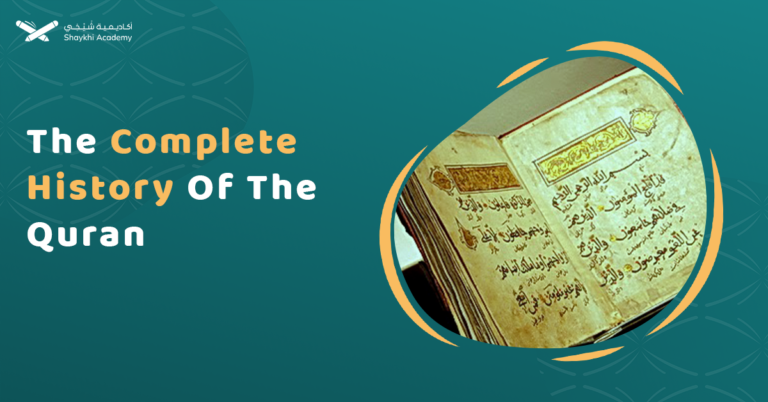
Arabic Long Vowels With Examples and Exercises
Arabic long vowels, or Mudud, are elongated sounds formed by Alif, Waw, and Yaa when preceded by Fatha, Dhamma, or

Arabic long vowels, or Mudud, are elongated sounds formed by Alif, Waw, and Yaa when preceded by Fatha, Dhamma, or

Curious about the remarkable history of the Quran, the final divine guidance for humanity? Do you question how this sacred

Arabic conjunctions (حروف العطف) link words and phrases to form coherent sentences, with types like “و” (and), “لكن” (but), and

In Arabic, Alif has two primary types: Alif Al-Wasl (silent, connecting) and Alif Al-Qata’ (pronounced with Hamza). It also has

Arabic detached pronouns are independent words used as subjects, objects, or possessives, categorized by number and gender. They include pronouns

Arabic attached pronouns are very unique to the Arabic language. Their function is to simplify, clarify, and beautify the sentence.

Personal pronouns in Arabic are essential for communication, changing based on gender, number, and syntactic role in sentences. They serve

Arabic language is one of the oldest languages in history and the sixth most widely spoken in the world. It

Classical Arabic, the language of the Quran and a vast body of early Islamic literature, holds a special place in

To learn Classical Arabic, start by mastering the Arabic alphabet and basic grammar, avoiding shortcuts. Focus on understanding Arabic syntax

The role of parents in teaching their children about religion is crucial, particularly when it comes to teaching the Book

ِArabic Demonstrative pronouns are of an essential core in the Arabic language syntaxes. They are used for indicating efficiently specific